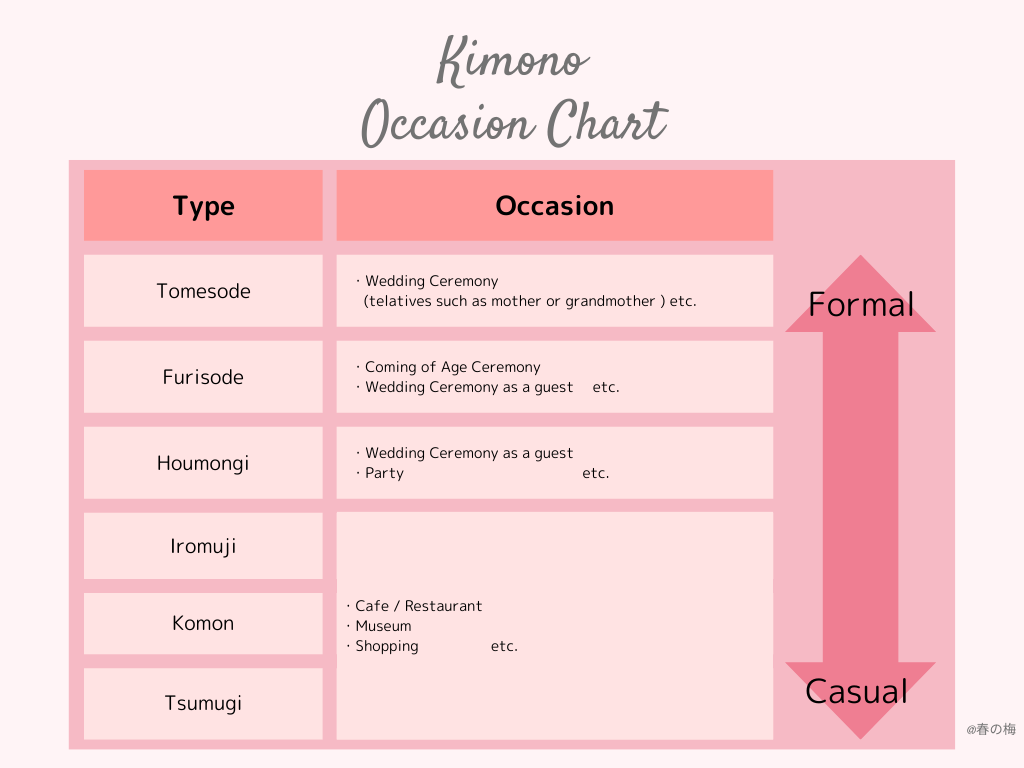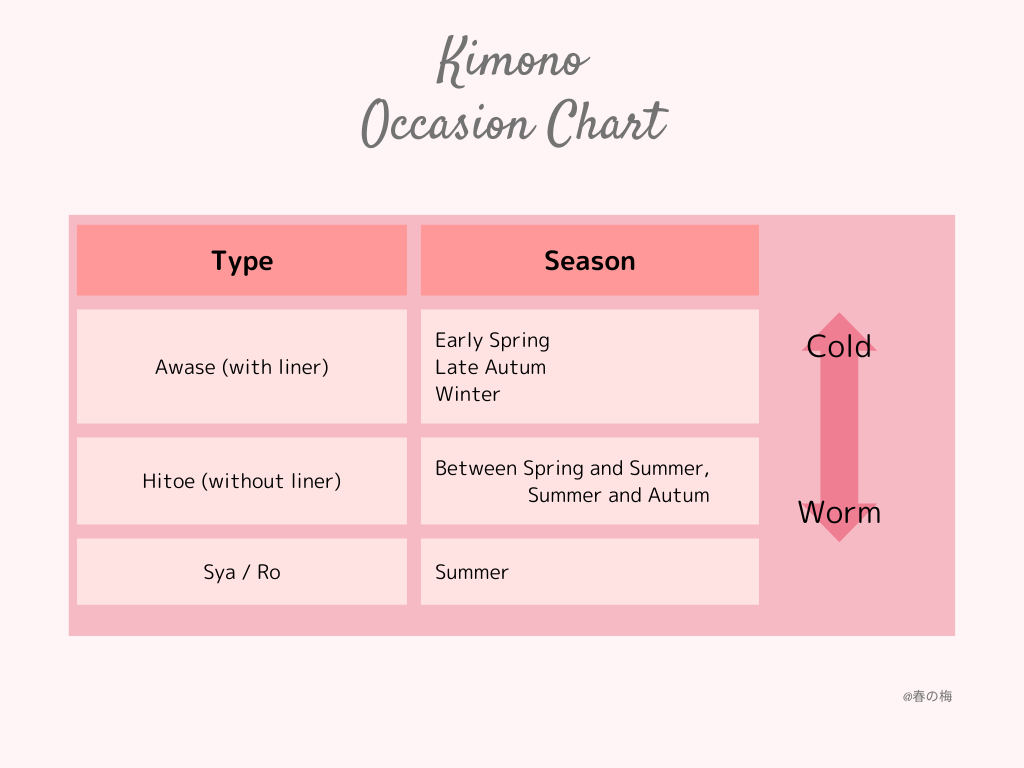Are you intimidated by the complex rules surrounding kimono wearing? Do you find yourself paralyzed by questions like “Is this the right kimono for this occasion?” or “Am I breaking some ancient tradition?”
You’re not alone in feeling overwhelmed by kimono etiquette. Many people love the beauty of kimono but feel scared to wear them because of all the “rules” they’ve heard about. The truth is, understanding kimono dress codes doesn’t have to be stressful or confusing.
In this comprehensive guide, you’ll learn how to navigate kimono rules with confidence while finding your own authentic style. Let’s explore the balance between respecting tradition and enjoying kimono in today’s world.
- The Reality of Kimono Rules: More Flexible Than You Think
- Kimono Rules Chart: Your Quick Reference Guide
- The Great Kimono Debate: Traditional vs. Modern Approaches
- My Personal Journey with Kimono Rules (And What I Learned)
- Practical Guidelines for Different Kimono Occasions
- Overcoming Kimono Rule Anxiety: Practical Tips
- The Modern Kimono Wearer’s Philosophy
- Building Your Kimono Rule Confidence: Action Steps
- Your Personal Kimono Style Journey
- Finding Joy in Kimono Rules (Yes, Really!)
- Your Confident Kimono Future
- Additional Note:
The Reality of Kimono Rules: More Flexible Than You Think
Here’s something that might surprise you: kimono rules aren’t as rigid as many people believe. While traditional guidelines exist, they’ve been evolving with changing times and modern lifestyles.
Understanding Kimono Formality Levels
Just like Western clothing has dress codes (casual, business, formal), kimono follows similar principles. The key is matching your kimono choice to the occasion’s formality level.
The Basic Kimono Hierarchy:
Most Formal (Special Ceremonies):
- Formal kimono with elaborate patterns
- Specific colors and designs
- Traditional accessories required
Semi-Formal (Nice Events):
- Elegant but less elaborate designs
- More color and pattern flexibility
- Some accessory choices allowed
Casual (Everyday Wear):
- Comfortable materials
- Personal style preferences encouraged
Kimono Rules Chart: Your Quick Reference Guide
Think of kimono rules like a roadmap rather than strict laws. Here’s a simplified approach to help you choose the right kimono for any situation:
Formal Occasions (Follow Traditional Rules)
When: Weddings, tea ceremonies
Kimono Choice Guidelines:
- Choose elegant colors
- Avoid overly bright or flashy patterns
- Ensure proper fit and traditional styling
- Use traditional accessories
Why follow rules here? Respect for hosts and other attendees
Semi-Formal Occasions (Some Flexibility Allowed)
When: Important business receptions, cultural events, nice restaurants, gallery openings, date nights, cultural activities
Kimono Choice Guidelines:
- More color and pattern options available
- Personal style can shine through
- Mix traditional and modern elements
- Creative accessory choices welcome
Casual Occasions (Personal Choice Rules)
When: Daily activities, shopping, casual dining, walking, travel
Kimono Choice Guidelines:
- Wear what makes you feel good
- Comfort is the priority
- Express your personality
- Modern touches are perfectly fine
The Great Kimono Debate: Traditional vs. Modern Approaches
You might have noticed heated discussions about kimono rules on social media. This ongoing conversation reflects a natural evolution in how we approach traditional clothing.
The Traditional Perspective
Believers in strict rules argue:
- Kimono rules preserve cultural heritage
- Traditional methods show respect for history
- Certain combinations have deep cultural meaning
- Maintaining standards preserves kimono’s significance
The Modern Flexibility Approach
Supporters of adaptation believe:
- Rules should evolve with changing lifestyles
- Personal expression enhances kimono appreciation
- Overly strict rules discourage new kimono enthusiasts
- Cultural traditions can grow while maintaining their essence
Finding Your Middle Ground
Here’s the good news: you don’t have to choose sides. The most practical approach is understanding when to follow traditional rules and when you have creative freedom.
My Personal Journey with Kimono Rules (And What I Learned)
Let me share how my relationship with kimono rules has evolved, hoping it helps you find your own path.
The Anxious Beginner Phase
When I started wearing kimono, I was terrified of making mistakes. I would:
- Research every detail online before getting dressed
- Second-guess every choice I made
- Feel paralyzed by conflicting advice
- Worry more about rules than enjoying the experience
The problem with this approach: I was so focused on “perfect” rule-following that I forgot to enjoy wearing kimono.
The Confident Learning Phase
Over time, I realized something important: there isn’t always one “absolutely correct” answer. Different experts sometimes give different advice, and cultural practices vary by region and family.
What changed my perspective:
- Understanding that kimono rules have evolved throughout history
- Recognizing that personal comfort and confidence matter
- Learning that cultural appreciation doesn’t require perfection
- Discovering that intuition can guide good choices
My Current Approach: Balanced Respect
Now I follow what I call “respectful flexibility”:
- For formal events: I research and follow traditional guidelines carefully
- For casual wear: I trust my instincts and personal style
- When uncertain: I err on the side of tradition rather than risk offense
- Always: I prioritize respect for the cultural significance of kimono
Practical Guidelines for Different Kimono Occasions
Let’s get specific about how to apply kimono etiquette in real situations.
Formal Event Kimono Etiquette
Wedding Ceremonies:
- Choose subtle, elegant colors
- Follow traditional styling completely
- Research family-specific customs if possible
Business Settings:
- Select conservative colors and patterns
- Ensure impeccable grooming and fit
- Steer clear of cheap-looking materials
- Maintain traditional silhouette
Cultural Ceremonies:
- Research event-specific requirements
- When in doubt, choose more formal rather than less
- Respect venue-specific guidelines
Casual Kimono Freedom
Daily Activities:
- Comfort is your primary concern
- Choose practical fabrics and styles
- Express your personality through colors and patterns
- Modern accessories are perfectly acceptable
Social Gatherings:
- Consider your friend group’s expectations
- Balance personal style with appropriateness
- Have fun with creative combinations
- Don’t overthink casual choices
Overcoming Kimono Rule Anxiety: Practical Tips
If you still feel nervous about kimono rules, here are strategies to build your confidence:
Start Small and Build Experience
- Begin with casual occasions where rules are most flexible
- Practice at home to get comfortable with basics
- Ask experienced friends for advice and support
- Join kimono communities for encouragement and guidance
Research Smart, Not Obsessively
- Learn basic principles rather than memorizing every detail
- Focus on your specific needs (formal events vs. daily wear)
- Trust reputable sources over random internet opinions
- Remember that learning is ongoing – you don’t need to know everything immediately
Develop Your Intuition
- Pay attention to what feels right for each situation
- Notice how others dress in similar settings
- Trust your cultural sensitivity – you probably have good instincts
- Remember that genuine respect matters more than perfect rule-following
The Modern Kimono Wearer’s Philosophy
Here’s what I’ve learned after years of wearing kimono: the goal isn’t to be a perfect rule-follower. The goal is to:
- Honor the cultural significance of this beautiful garment
- Feel confident and comfortable in your choices
- Bring joy to your daily life through wearing kimono
- Share the beauty of Japanese culture with others
- Adapt traditions thoughtfully to modern life
Questions to Ask Yourself
Instead of worrying about breaking rules, ask:
- “Does this choice show respect for the occasion?”
- “Am I comfortable and confident in this outfit?”
- “Would I feel appropriate among other attendees?”
- “Am I honoring the cultural significance of kimono?”
If you can answer “yes” to these questions, you’re probably making good choices.
Building Your Kimono Rule Confidence: Action Steps
Ready to move beyond rule anxiety and start enjoying kimono? Here’s your practical action plan:
Week 1: Foundation Learning
- Learn the basic formality levels (formal, semi-formal, casual)
- Identify which category your kimono fits into
- Research one upcoming occasion you’d like to wear kimono to
Week 2: Practical Application
- Choose an outfit for a casual occasion using your intuition
- Wear your kimono and notice how you feel
- Ask one trusted friend for honest feedback
Week 3: Community Connection
- Join one online kimono community or local group (if available)
- Ask questions about specific situations you’re uncertain about
- Share your experiences and learn from others
Week 4: Confident Wearing
- Plan to wear kimono to one formal and one casual event
- Trust your judgment on styling choices
- Focus on enjoying the experience rather than perfect rule-following
Your Personal Kimono Style Journey
Remember, developing your kimono style is a personal journey, not a test you can pass or fail. Every experienced kimono wearer started where you are now – uncertain but enthusiastic.
Embracing the Learning Process
It’s okay to:
- Make small mistakes while learning
- Change your mind about rules as you gain experience
- Adapt traditional guidelines to your lifestyle
The most important rule: Wear your kimono with respect, joy, and authenticity.
Finding Joy in Kimono Rules (Yes, Really!)
Here’s something wonderful I’ve discovered: once you stop fearing kimono rules, you can start appreciating the thoughtfulness behind them. These guidelines developed over centuries to help people look their best and show respect for different occasions.
Instead of seeing rules as restrictions, try viewing them as:
- Cultural wisdom passed down through generations
- Helpful guidelines for making good choices
- Connection points to Japanese history and values
- Framework for creativity rather than rigid restrictions
Your Confident Kimono Future
The world of kimono doesn’t need more people paralyzed by fear of breaking rules. It needs more people who wear kimono with joy, respect, and authentic personal style.
You don’t have to be a kimono expert to start enjoying these beautiful garments. You just need to balance respect for tradition with confidence in your own good judgment.
Ready to move beyond rule anxiety? Choose one kimono occasion from this guide and plan your outfit. Trust your instincts, do a bit of research if it’s formal, and most importantly – enjoy the experience of wearing something beautiful.
Your kimono journey is about finding your own authentic way to honor this magnificent tradition. The rules are there to guide you, not to stop you from beginning.
Why not start today?
Additional Note:
At the end, I’ve included two reference charts: one summarizing types of kimono and appropriate occasions based on formality, and another outlining seasonal guidelines according to tailoring styles. I hope you find them helpful !






コメント